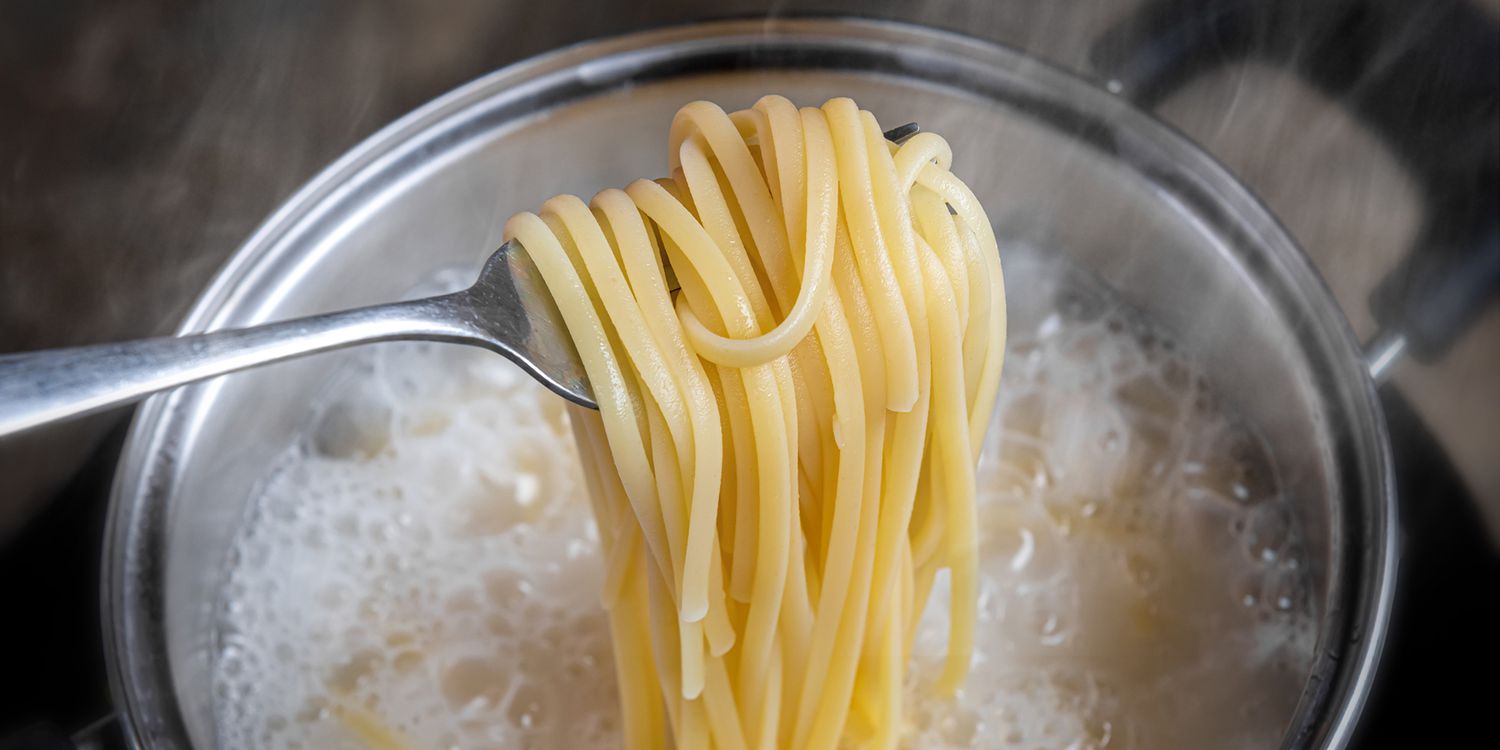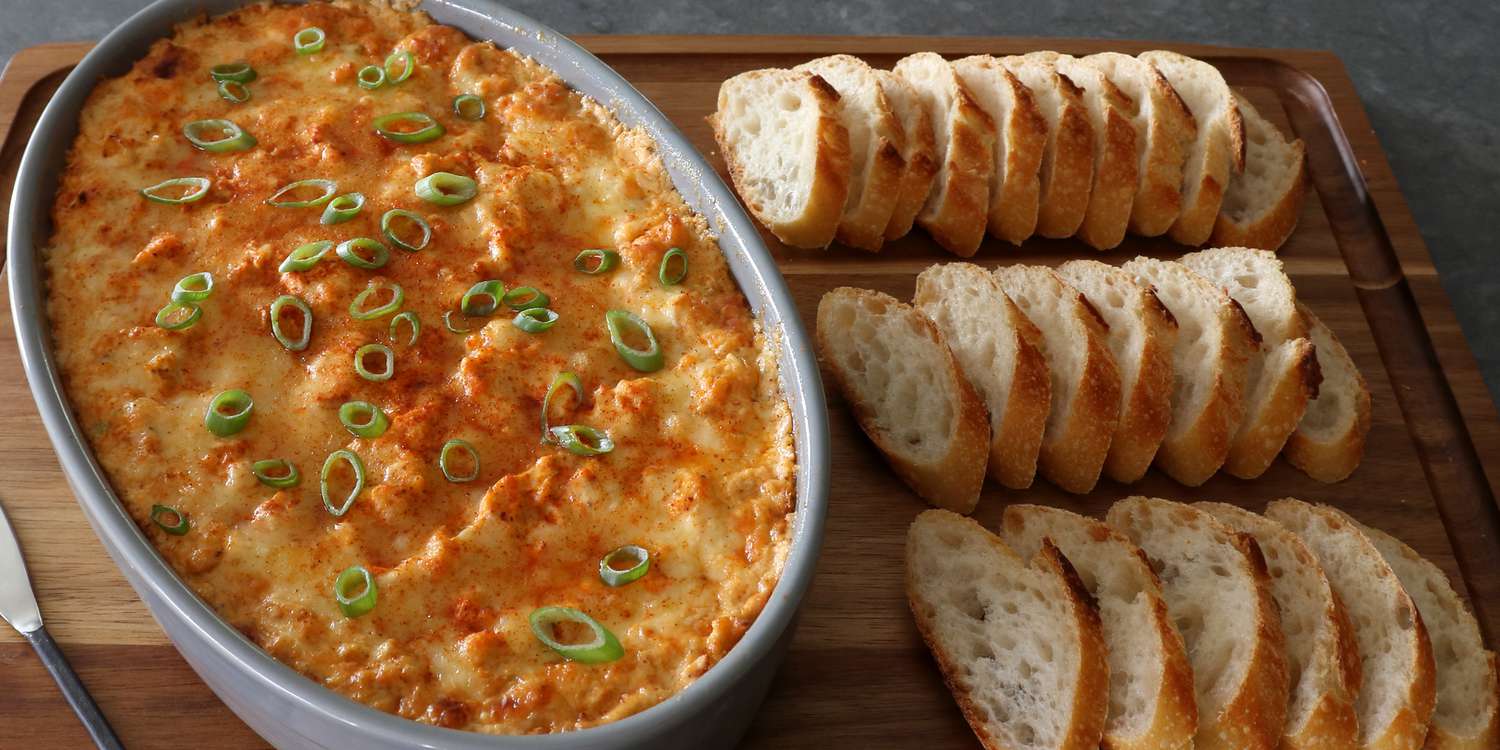Bulgur is so much more than tabbouleh. Here’s what you need to know about this underrated grain.
What Is Bulgur Wheat?
Bulgur is an easy-to-cook, super versatile whole grain. It’s made from the cracked whole grains of different wheat species. Since bulgur is parboiled (partially boiled) and dried before it is packaged, it cooks much more quickly than other types of wheat.
It’s a common ingredient around the world, particularly in Middle Eastern and Mediterranean cuisines. One of the most popular bulgur dishes is tabbouleh, a finely chopped Middle Eastern salad.
Bulgur Wheat vs. Cracked Wheat
Cracked wheat and bulgur wheat are often confused with one another. This is totally understandable—they look a lot alike. The difference between the two whole grains is the parboiling. Bulgur has been parboiled, cracked wheat has not. This means cracked wheat takes a bit longer to prepare and also has a shorter shelf life.
What Does Bulgur Taste Like?
Bulgur’s flavor is light and nutty. Like other whole grains, it has a chewy texture when cooked. It’s sold in a variety of grinds, from fine to extra coarse.
Bulgur Nutrition
Minimal processing separates it from more refined wheats that lack nutritional value. A rich source of fiber (one serving fulfills 30 percent of your recommended daily intake), bulgur promotes digestive and heart health. It’s also chock-full of manganese, iron, and magnesium.
It’s also relatively low in calories, which, when combined with its high fiber content, makes it a great weight loss or management food.
Bulgur Substitutes
- Cracked wheat: Cracked wheat is definitely your best bet. Bulgur and cracked wheats are essentially the same thing, minus the parboiling. Just account for the extra time cracked wheat will take to cook.
- Quinoa: A similar texture makes quinoa a perfectly adequate substitute for bulgur, especially if you’re making tabbouleh. You don’t have to adjust your recipe time because quinoa and bulgur take about the same time to prepare.
- Couscous: Same goes for couscous—cracked wheat is still the best match, but it can serve as a decent stand-in. Like quinoa and bulgur, couscous cooks quickly.
How to Cook Bulgur

Get the recipe: Roasted Veggie Buddha Bowl
Cooking bulgur couldn’t be simpler:
- Combine one cup of bulgur with two cups of water in a pot.
- Bring to a boil.
- Cover pot and reduce heat to a simmer. You’ll know it’s done when it’s tender (it’ll usually take somewhere between 10 and 15 minutes).
Some recipes don’t require you to cook bulgur on the stove at all—all you need is a pre-soak. Just combine bulgur in a bowl with boiling water, let stand for about an hour, then drain.
How to Store Bulgur
Keep uncooked bulgur in an airtight container at room temperature. Stored properly, it’ll stay good for more than a year. Once you’ve cooked bulgur, throw your leftovers in an airtight container and put it in the fridge. Throw it away after three or four days. You can also freeze cooked bulgur for up to a year.
Related:
- How to Cook Barley
- What Is Farro?
- 21 Couscous Salad Recipes That Are Truly Satisfying Sides or Light Dinners




